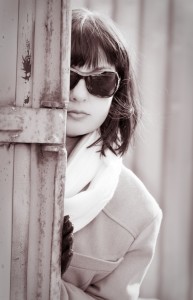

For ethnography, immerse yourself in the trenches, and get your head “out of the clouds.” Effective ethnography requires a great deal of self-awareness and sensitivity. Some people are much better at this than others.
By definition, ethnography is a combination of observations, interviews, and collection of artifacts. Interviews are kept to a minimum and warranted when the ethnographer observes a behavior and wants to understand what’s driving it. Observing behaviors for product (or service) ideas is extremely difficult. If you understand cognitive profiles (like Myers-Briggs®), individuals who skew toward sensing vs. intuition are naturally- gifted observers.
In the acquisition of information, the sensing person relies heavily on their senses. They remember events as snapshots of what actually happened. Ethnography requires the assimilation of data and details to understand the big picture – a significant gift of the sensing person.
The intuitive person learns by “reading between the lines” and works better with symbols, abstract ideas, and theories. If you’ve repeatedly been accused of daydreaming, you’re likely an intuitive thinker. This is not always the best “type of brain” you want for ethnography, unless you’ve had a great deal of training and experience.
Research has consistently shown that ethnography is a tremendous tool to generate ideas for new products and services. Before you embark on ethnography, however, we strongly recommend that the dreamers and “big picture” thinkers (like me) stay home and stay in the clouds. The best ethnographers are those that notice details and can read people instantly.



